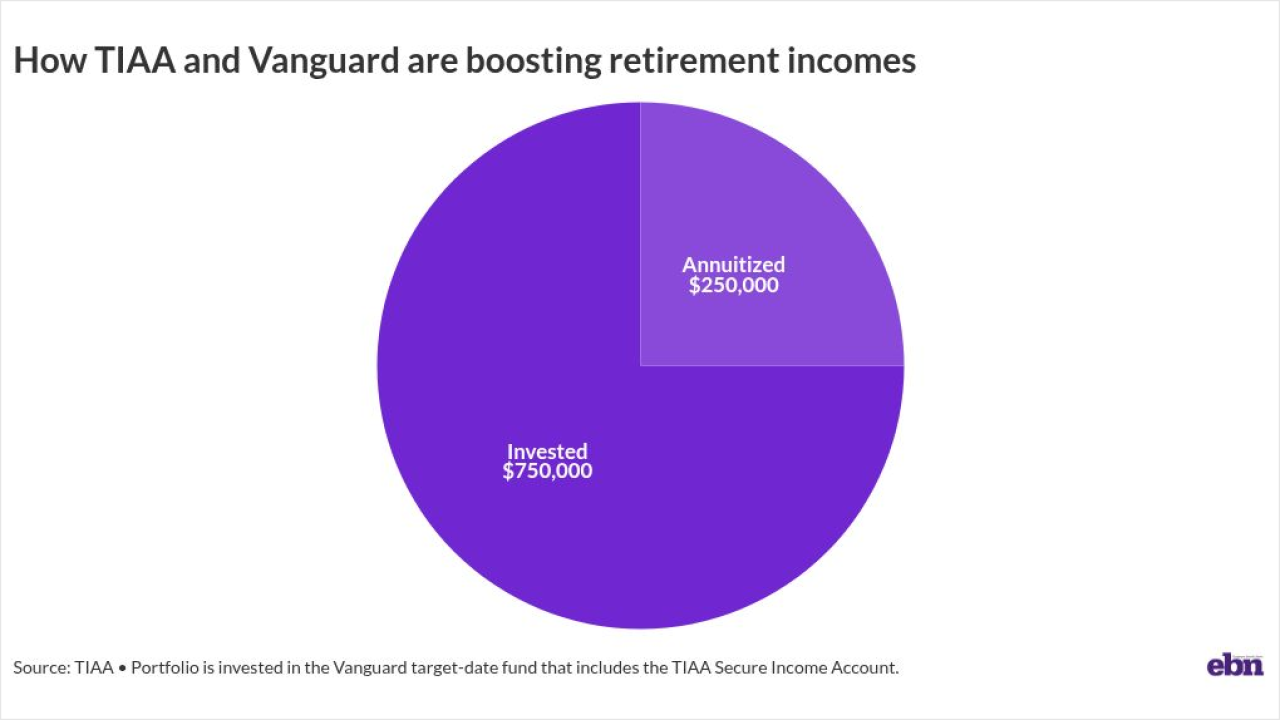As the economy struggles toward a meaningful recovery, health care costs continue to rise. With these factors in play, "decisions have moved higher up in the organization," says John DeLorenzo, SVP of sales and account management for Prudential Group Insurance. "So it's not just the human resources department or the benefits department making those decisions. It's moved all the way up ... into the C-suite."
In fact, Prudential's Sixth Annual Study of Employee Benefits finds that while 40% of plan sponsors say the employee benefits decision-making process in their company has changed in the past five years, the influence of senior management has increased the most:
* 45% of overall respondents say senior management is more involved in these decisions.
* 68% of brokers surveyed are seeing more senior people involved in the decision-making process when they meet with clients.
Having interviewed more than 2,000 C-level executives at 500 organizations, both during and before the recent recession, for his book, Selling to the C-Suite: What Every Executive Wants You to Know About Successfully Selling to the Top, Nic Read, president and CEO of SalesLabs, agrees with the findings. "As the economy's gotten tighter the decisions have gone up, so the executives are much more involved than they used to be," he says.
With the economy doing some double-dipping, Read predicts it will be at least another four years before anything changes in that regard.
"It becomes much more important not just to have your spiel ready to say what your advantages are compared to other vendors in your space," says Read, "but you have to be much more clued-in on the other investment priorities that the executives might be considering because you're competing with them on funding now."
Getting past the gate keepers
Executives want and need sales people to come to them, says Read, and appreciate the insight they can bring to the table. However, they also were quick to tell Read that sales people "are an unexpected interruption, so we're preconditioned to be unlikely to meet with them," he says.
It's advantageous to identify who the gatekeepers are, the "trusted lieutenants" who have the executive's ear and can vouch for you and your solution, Read explains. That way, not only do you get in the door, but the executive is also "more than likely to sign off on it emotionally before [seeing] any of the facts and figures."
Read notes that "ideas come up more than they come down," and trying to circumvent the gatekeeper will have a broker "stepping on their own landmines," he says, "because it shows they're not prepared to do enough due diligence to socialize ideas in the organization first. It demonstrates that they don't understand the internal decision process."
Be wary of gatekeepers that warn you not to call above their head, however, adds Read. "That's not the behavior the executives reward," he says. Rather, he advises to "cultivate multiple points of entry" and figure out who has "more influence than authority" and work on all of them at the same time.
Sam Fleet, president of AmWINS Group Benefits division and an EBA BeAdvised blog contributor, agrees. "I always say to our sales people, never take a 'no' from somebody who can't give you a 'yes,'" says Fleet. "Chances are that gatekeeper can't give you a 'yes."'
Adds Read, "Whispers will create a ripple, which will create a wave, which will create a tsunami. And that will wash up on the executive's doorstep and push the door open."
What makes them tick
In separate research conducted for the wellness and prevention division of Johnson & Johnson, Read found 67% of people say they don't believe they can take on any additional responsibility at work or it will burn them out. "For anyone that's focused on employee benefits, being up to date with some of these issues and just how prevalent this epidemic is should be one of the first salvos that they fire over the executive wall," he says. "So it's not really about the features and benefits of the services that they're offering anymore. It's about how they, packaged up the right way, reduce the employer's risk on their bottom line and on the loss of knowledge out of their organization as part of a retention strategy."
It's all about strategic development, "bringing that value-add into the process" when talking to C-level executives, adds Fleet.
"Brokers in this environment need to be more consultative, to bring more value, to really work with executives on health care strategy and then the long-term health care cost curve that relates to that employer and not necessarily be worried about year-in and year-out renewals," he says.
By bringing the executive solutions to problems rather than focusing on spreadsheeted cost, "then that CEO/CFO becomes very interested when you talk about strategy like that," says Fleet.
How to impress
When speaking with the executives for his book, Read found "the executives throw down the gauntlet and give a challenge to everybody that would call themselves an adviser: Make the type of sales call on me that is so valuable, with the insights that you give me and the ideas that you provoke me to have, that I would want to write a check confusing you as a consultant - not a sales rep."
By doing so, "you've painted yourself as an adviser and somebody that they would want to bring close into their inner circle, because you fill a gap that no one else is currently occupying," says Read.
Additionally, "If there's a second gauntlet that they would sort of slap sales people in the face with it's this: If you don't try at least to commit me to do something at the end of the meeting that only I can do ... then I will consider the meeting to have been a waste of time," says Read. "You may as well have had the meeting with someone lower down."
Overall, "Be prepared to extend a commitment," he says. "Know what it is and don't leave the room until you've asked it, and chances are they'll say yes. This is direct from the executives' lips."





